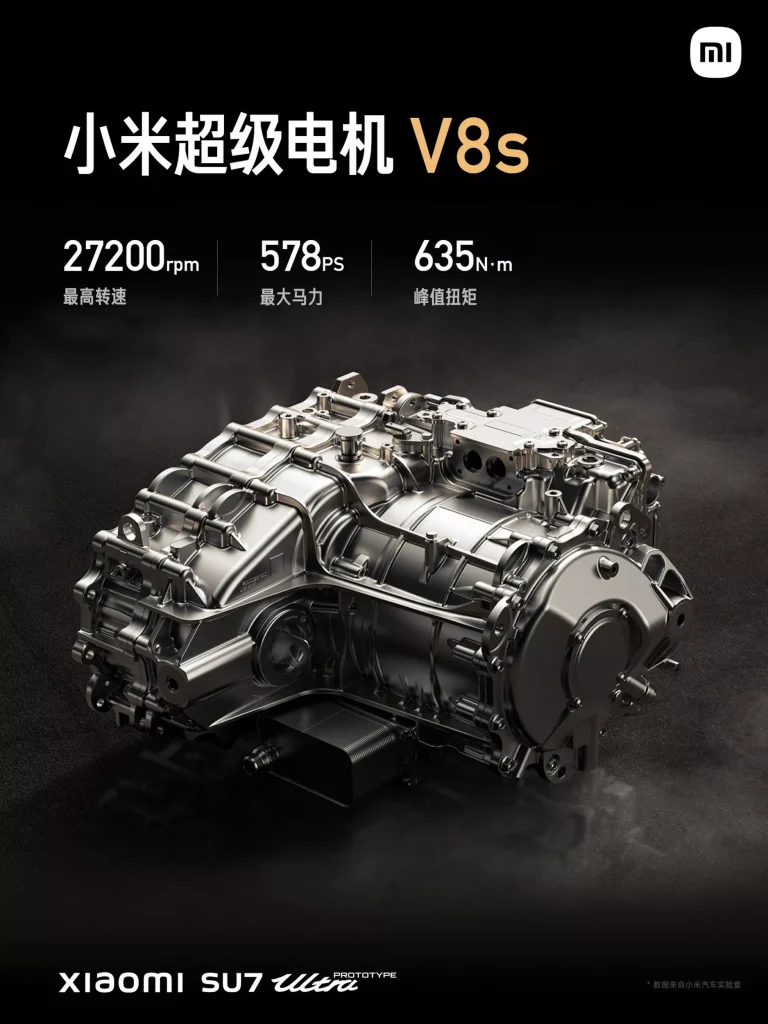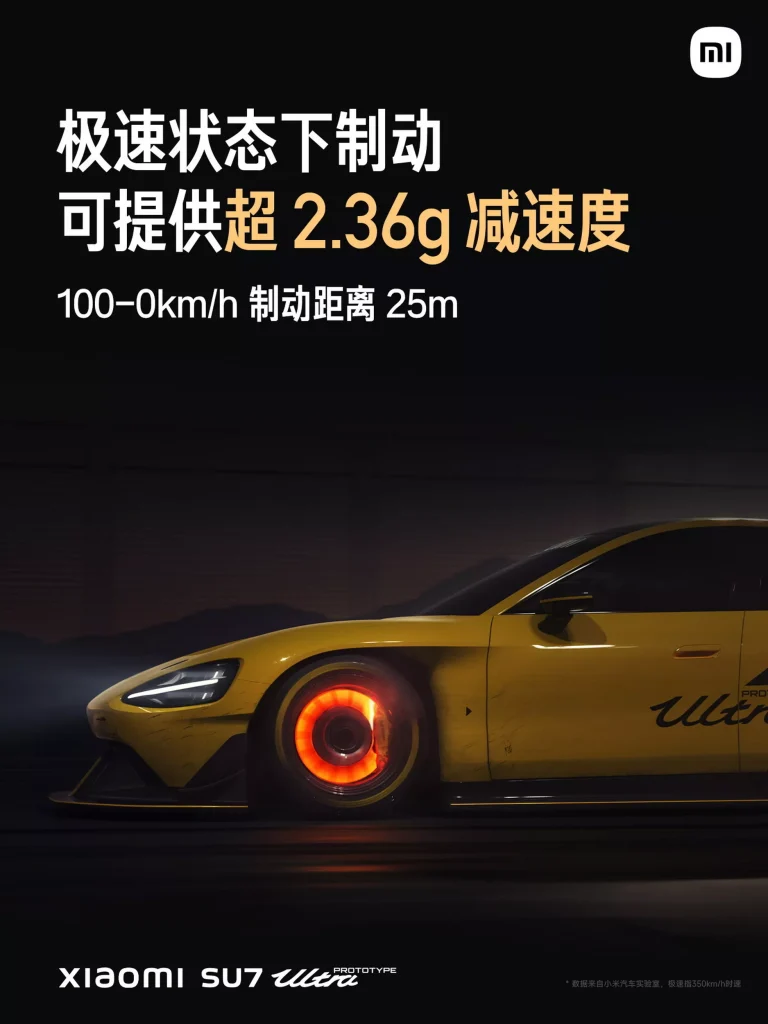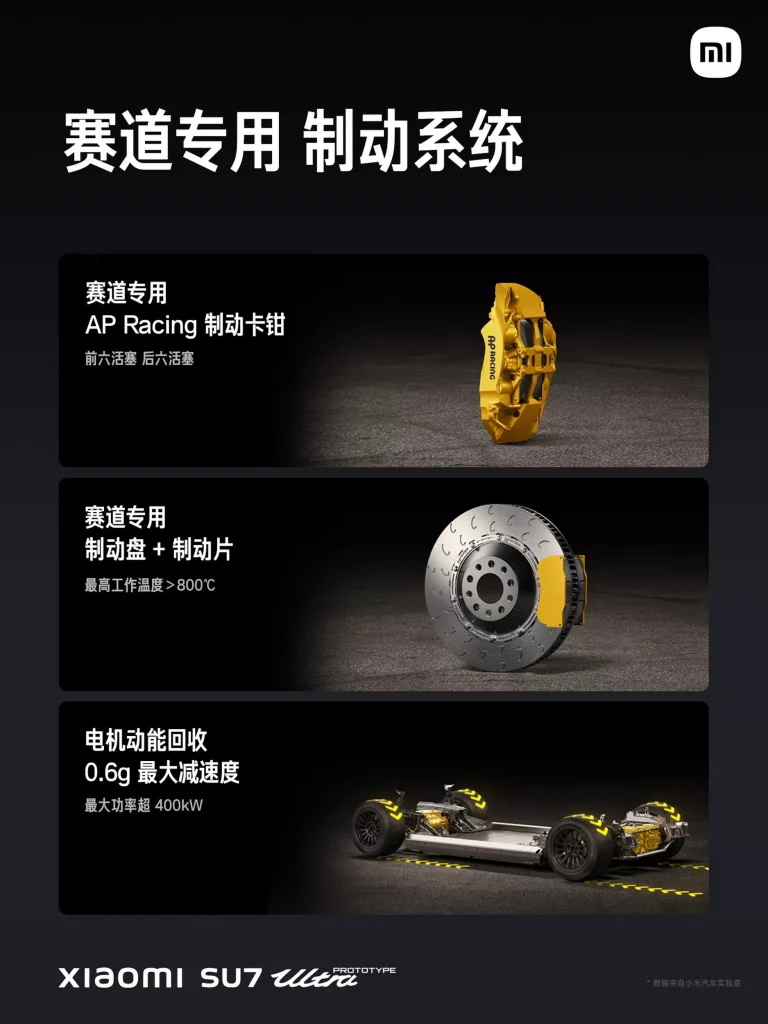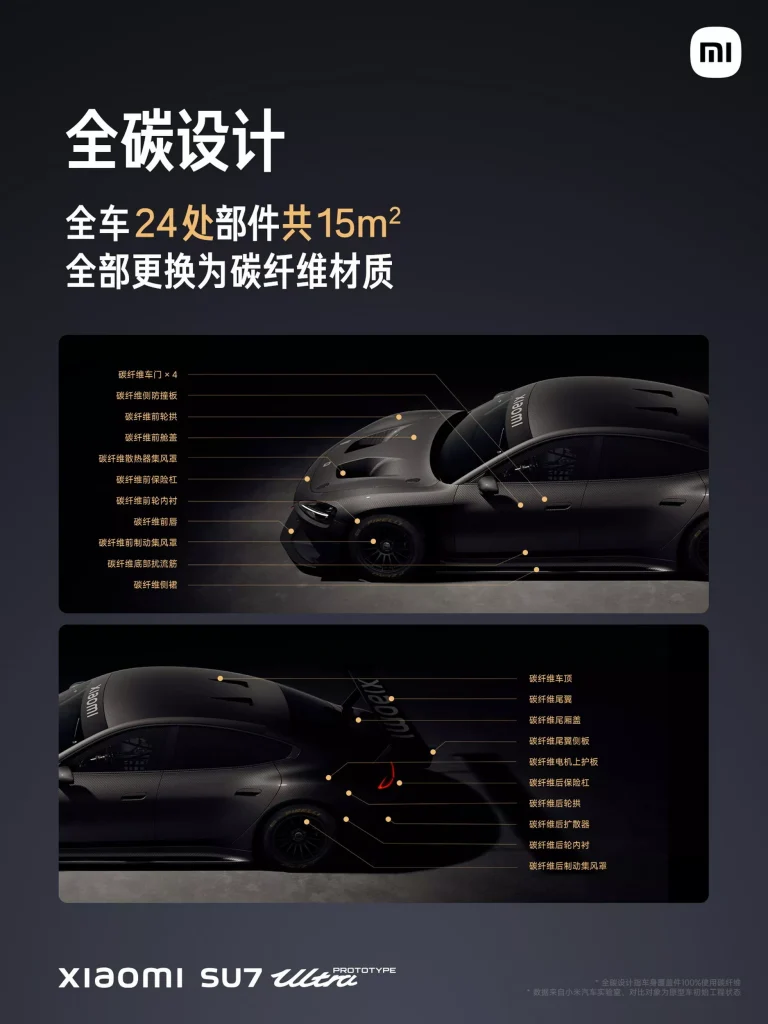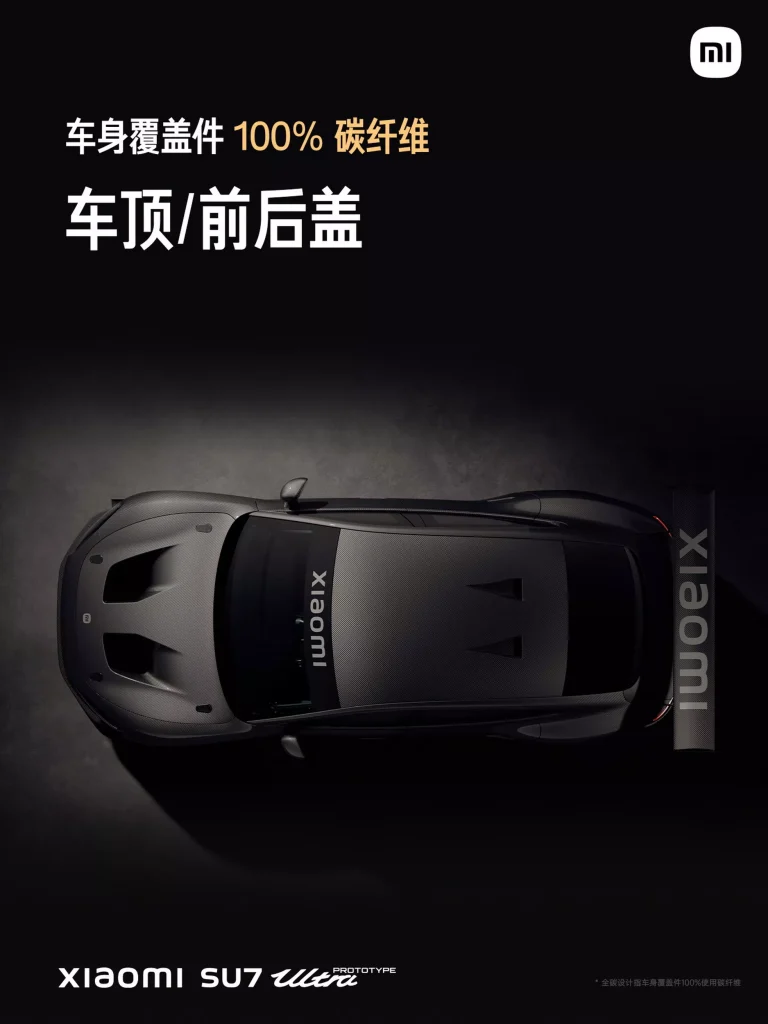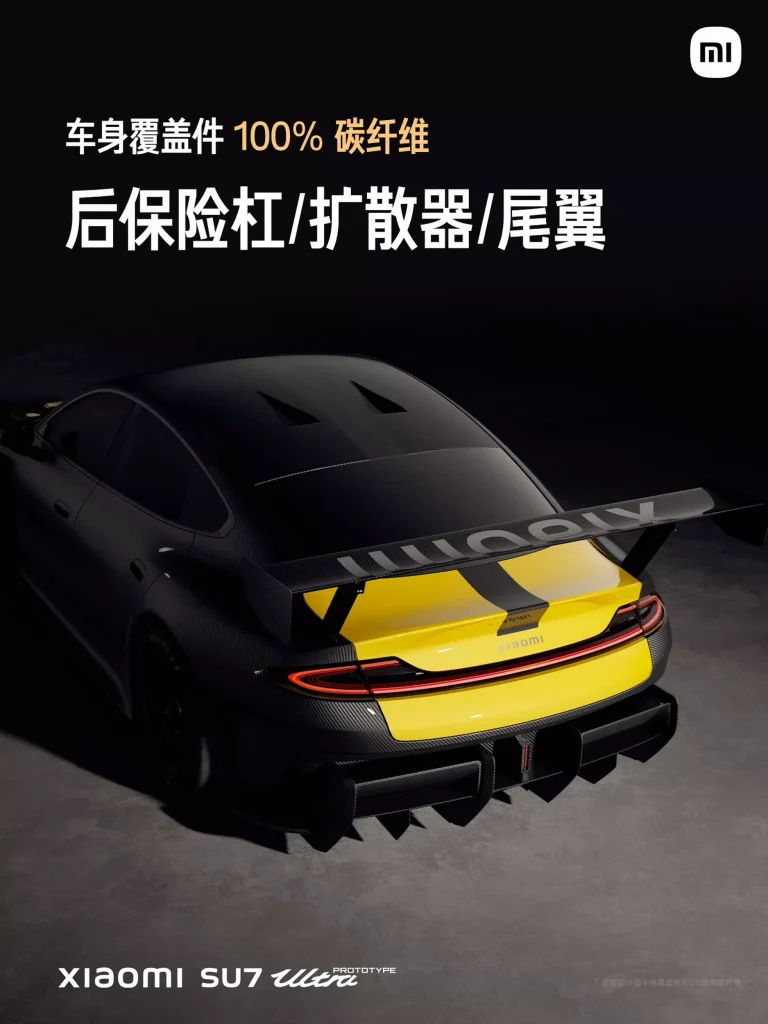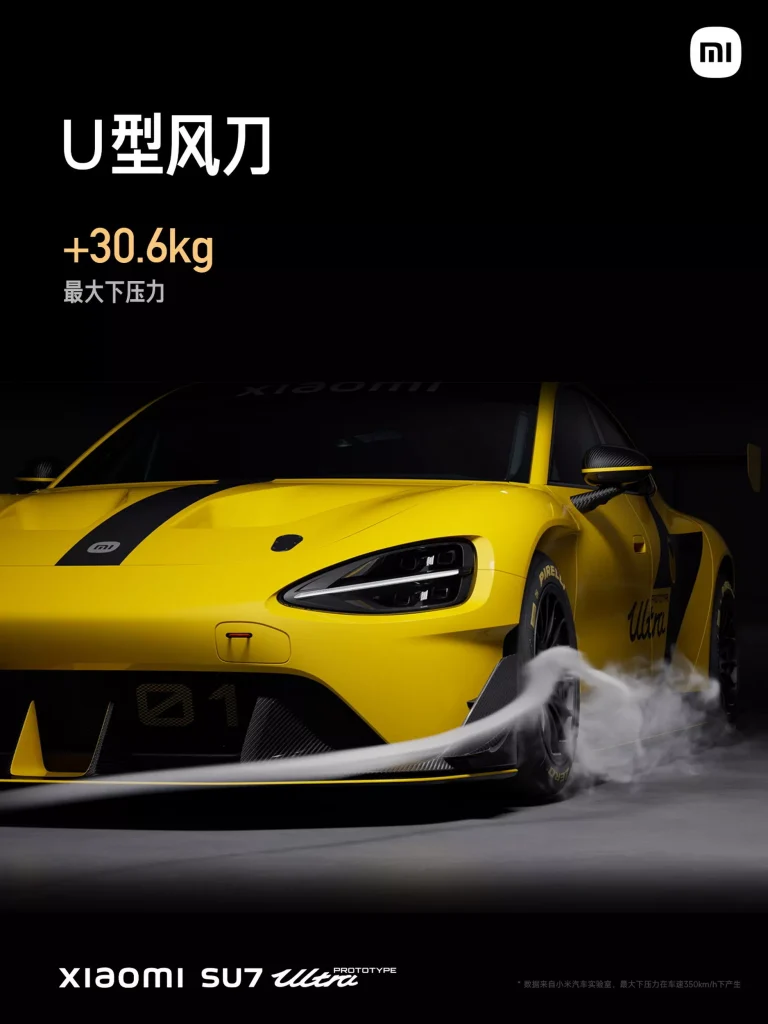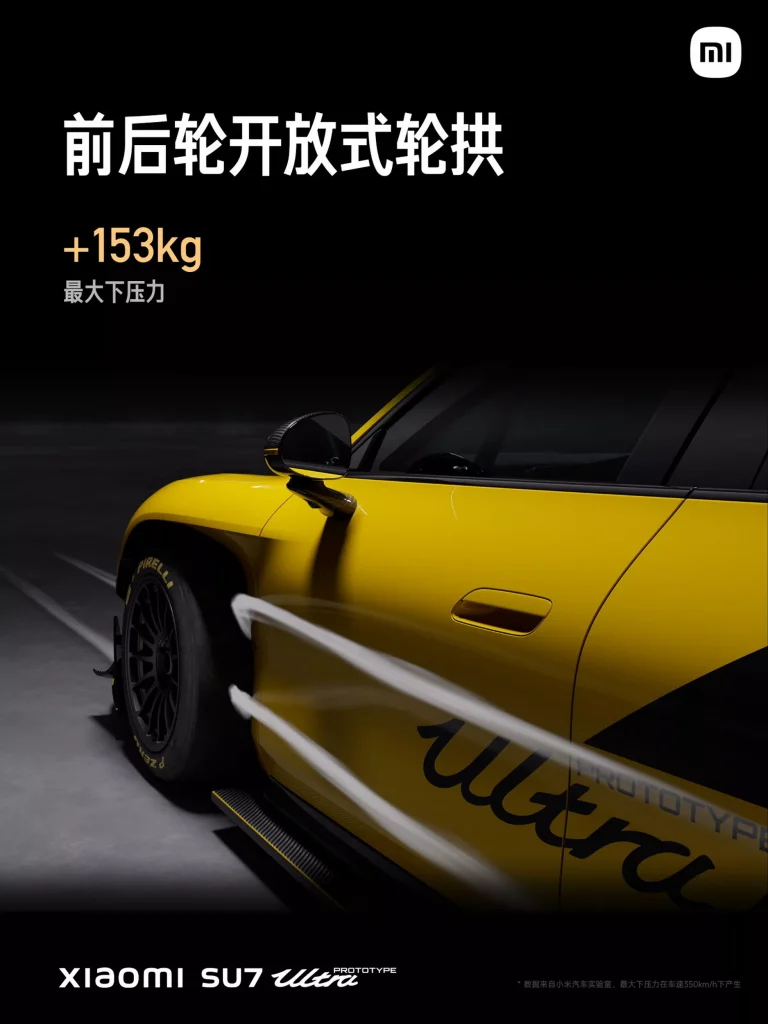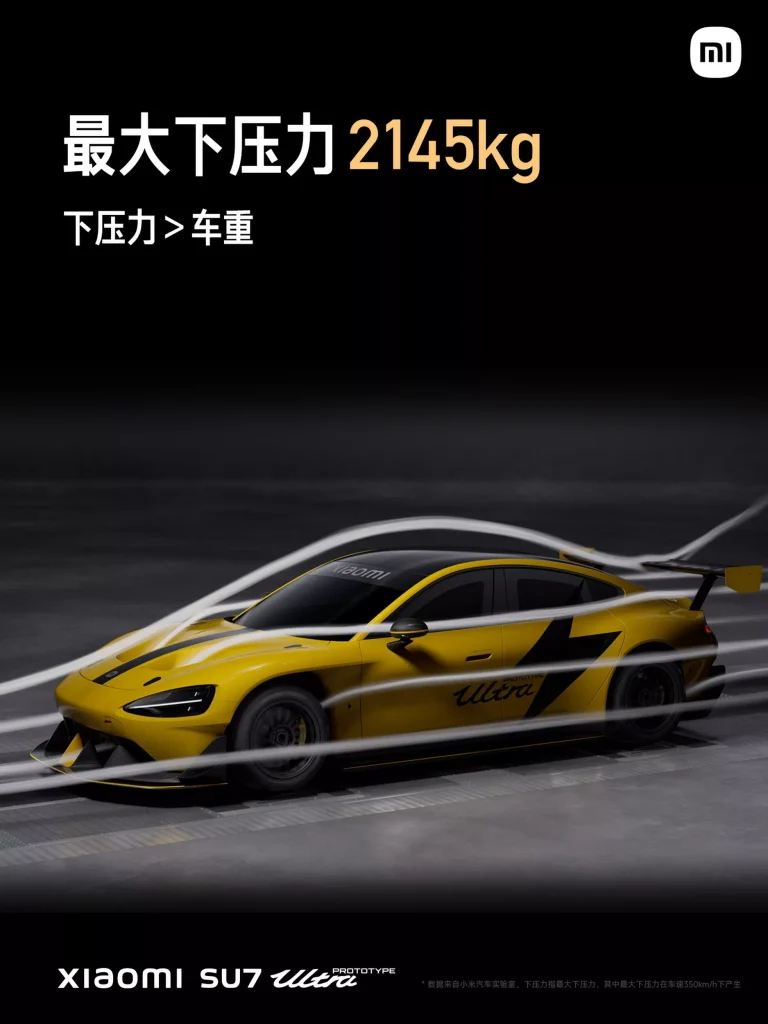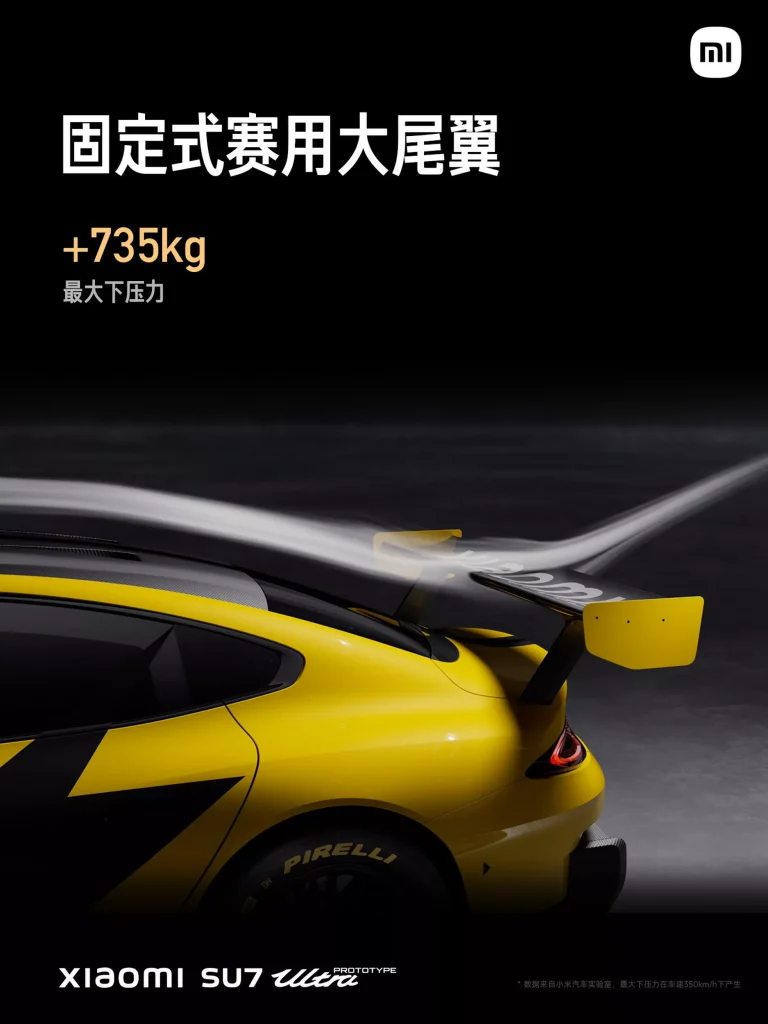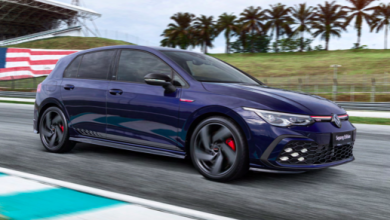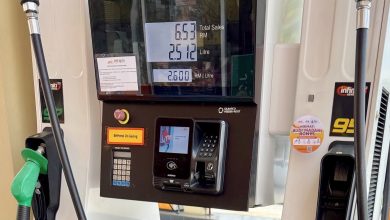Xiaomi SU7 Ultra Prototype Packs Over 1,500 Horsepower
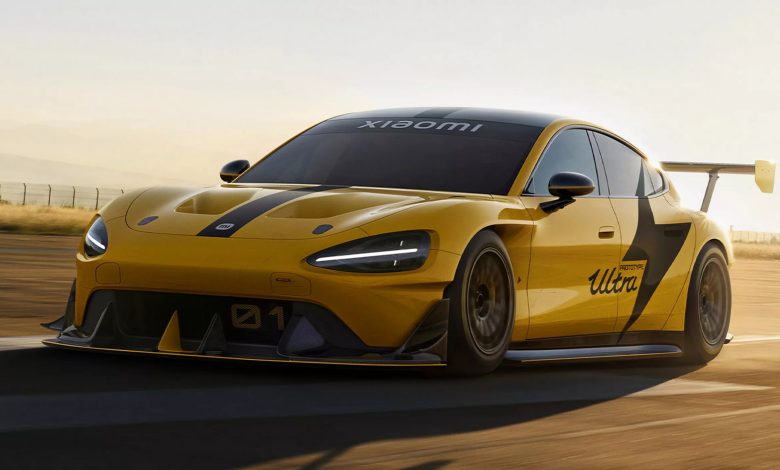
This tri-motor performance trim of the Xiaomi SU7 has its sights set on the four-door EV ‘Ring title.
Apart from revealing its first ever flip phone late last week, the other big (and more automotive adjacent) reveal from Xiaomi recently was its new race-ready ultra-performance variant of the SU7.
An extreme level up from the already Taycan Turbo-rivalling dual-motor top-flight Max trim that arrived when the consumer electronics giant first made its entrance into the automotive space earlier in the year, this since-christened Ultra spec lands in concept form for now with fully carbon body and an immensely potent tri-motor powertrain. It also further packs some race-spec brakes and some equally racy aero enhancements, which is all there to help it along in achieving its goal of becoming the top dog EV at the Nurburgring.

Starting on the powertrain front first, the tri-motor setup in the SU7 Ultra consists of one V6s unit up front (as found in the Max) and two of Xiaomi’s newly-announced HyperEngine V8s at the rear. Now each of these rear motors is to be the company’s most powerful in-house developed electric motors to date, with each quoted to churn out 578 PS and a peak torque of 635 Nm as it spins its way to 27,200 rpm.

1548 PS is the combined horsepower figure that Xiaomi is currently touting from the tri-motor powertrain of the Ultra, for which the consumer electronics giant proudly pointing out too that this is more than what is output by a Bugatti Chiron. In comparison to its other fast four-door EVs meanwhile, this top-flight SU7 incidentally packs 440 PS more than the rival Taycan Turbo GT and 283 PS over its comparably Chinese Zeekr 001 FR.
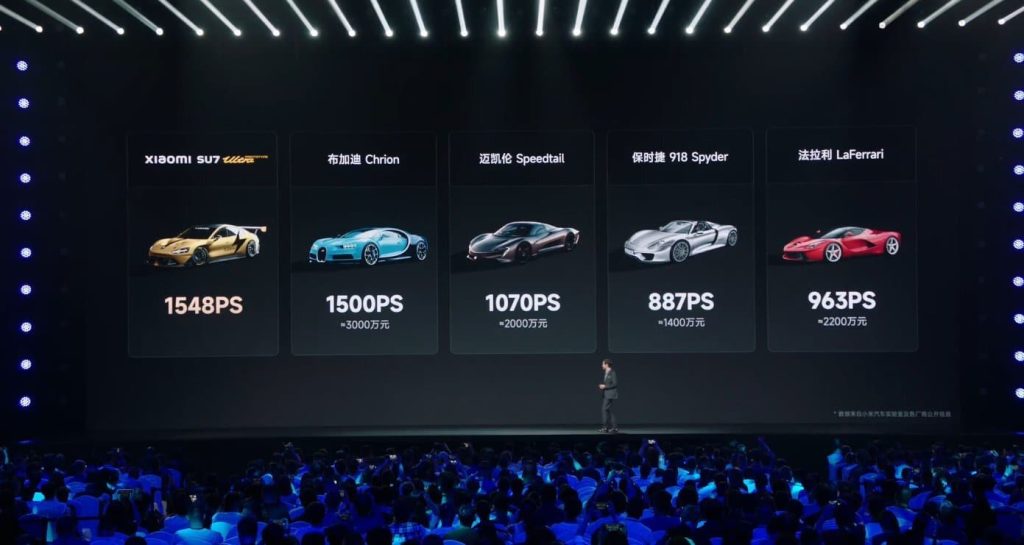
Now as to be expected with all this power on tap here, Xiaomi has since claimed for the SU7 Ultra to be capable of setting an absolutely blistering century sprint time of just 1.97 seconds. Going from a standstill to 200 km/h and 300 km/h in turn is said to take less than 6 and 15 seconds respectively, while its quoted V-Max is to be just shy of 350 km/h.
And just to properly put into perspective how mind-melting those performance claims are, the aforementioned Taycan Turbo GT is the current fastest-ever accelerating Porsche with a claimed 0-100 km/h time of 2.2 seconds. The 350 km/h top speed that has been claimed for this Xiaomi SU7 Ultra on the other hand is to be up there with true blue hypercars, such as the Lamborghini Aventador and Ferrari 812 Superfast.
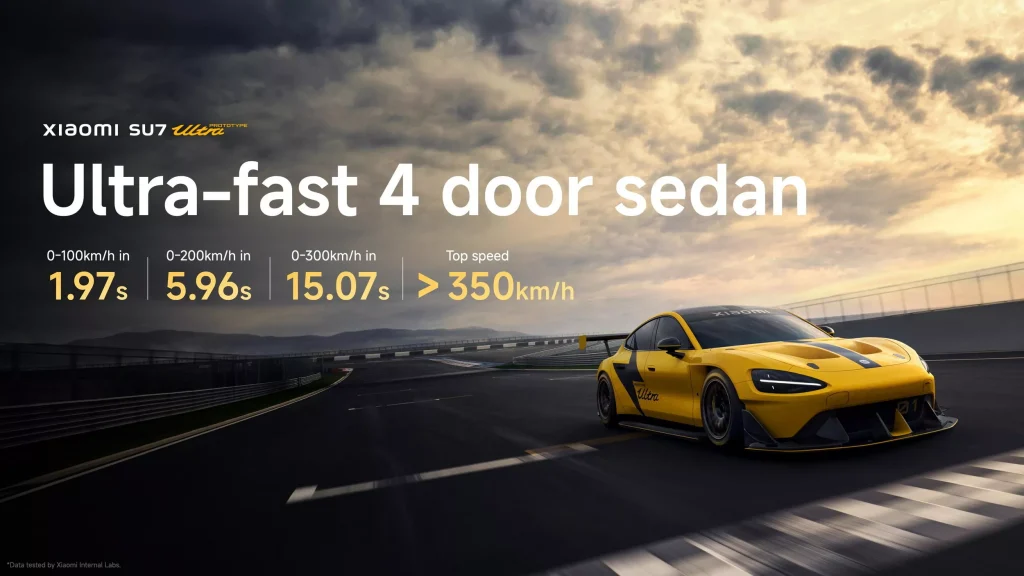
Though perhaps even more impressive than how fast the SU7 Ultra goes is how fast it supposedly stops. Such is as Xiaomi is currently quoting a peak deceleration force of more than 2.36 G for this four-door performance EV, not to mention for it to only take 25 m to brake from 100-0 km/h!
This astounding stopping ability has been largely attributed to its set of AP Racing race-spec six-piston forged fixed calipers on both ends, which clamp on ultra-thick 42 mm racing brake discs up front and 32 mm units at the rear. The SU7 Ultra also nets racing brake pads capable of withstanding working temperatures of over 800 ºC, as well as a strong regenerative braking system that peaks at maximum of 0.6 G braking force recovery.
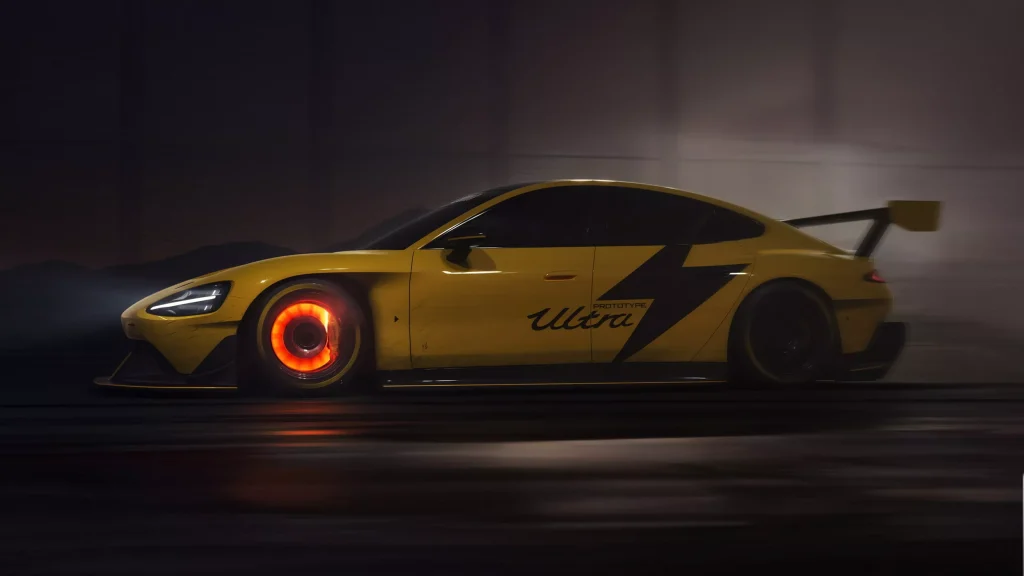
Xiaomi’s run of fantastical figures with the SU7 Ultra further continues onto its batteries too, as its CATL’s Qilin 2.0 race-spec high-performance pack has a maximum output of 1330 kW with 897 V peak voltage and a 5.2C charging rate. And even at 20% state of charge, the battery can apparently still discharge 880 kW of its maximum power.
Moving onto its full carbon body now, the 24 fully composite panels on this SU7 Ultra has helped it somewhat to only tip the scales at a rather lithe (for a performance four-door EV anyway) 1,900 kg. The aggressive aero enhancements on this race-spec Xiaomi meanwhile sees for it to generate a whopping 2,145 kg of downforce, when at its purported top speed of 350 km/h.
Among the more noticeable bits of the SU7 Ultra’s aggressive aero enhancements are to be its huge front splitter and the pair of equally ginormous air holes in its bonnet up front, along with the massive fixed rear wing and full-width diffuser round its significantly widened rump. There are nevertheless a few more subtle design elements worth highlighting on this race-spec Xiaomi too though, which includes NACA ducts on the rear portion of its roof and a tapered-in flared front fender design.

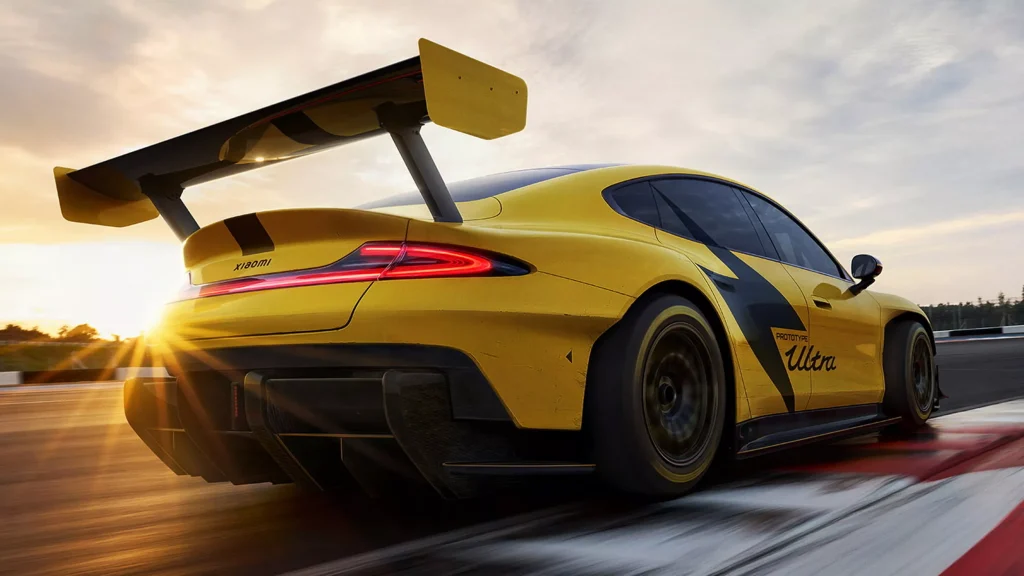

In explaining why Xiaomi is focusing on a four-door instead of a high-performance two-door vehicle, CEO Lei Jun said the development of a four-door EV is crucial for applying their technologies to production cars of the future. He added the focus on four-door EVs was deliberate as he believes high-performance vehicles shouldn’t be reserved for a few.
And to cement its sporting aspirations, Xiaomi aims to send this prototype around the Nürburgring Nordschleife in October for an attempt at the record for non-production cars (6:05.336 by the Volkswagen ID.R). It is also currently reported for a slightly tamer production version to set a lap time by next year, and potentially clinch the top spot in the four-door production EV class that is currently held by the Weissach Package-equipped Porsche Taycan Turbo GT with a time of 7:07.55 minutes.




